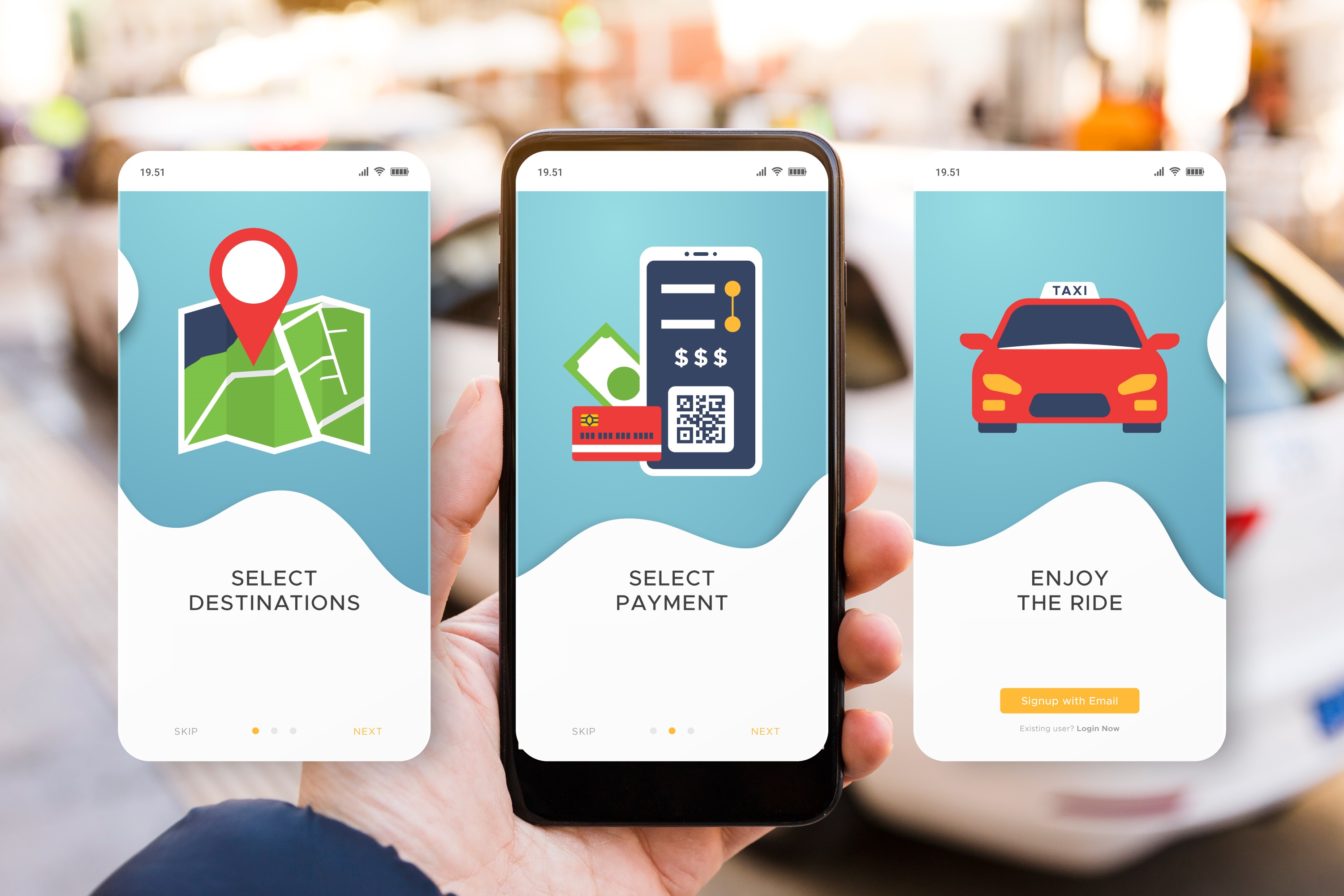The Ultimate Guide to Cab Booking App Development: Costs, Key Features, and Unmatched Benefits
In today’s fast-paced world, the demand for cab booking apps has skyrocketed. People prefer quick and convenient solutions for transportation, and cab booking apps like Uber, Ola and Lyft have become a part of daily life. If you're looking to develop a cab booking app, this guide will walk you through the process, covering essential features, costs, and benefits.
1. Understanding the Cab Booking App Ecosystem
A cab booking app is not just an interface that connects passengers with drivers; it's a sophisticated system that handles various tasks such as route optimization, payment processing, user management, real-time tracking, and customer support. It generally consists of three components:
- Passenger App: The interface users interact with to book rides.
- Driver App: Allows drivers to receive ride requests and manage their trips.
- Admin Panel: Manages users, drivers, payments, and analytics.
2. Key Features of a Cab Booking App
A cab booking app must have specific features for both drivers and passengers, alongside a robust admin panel. Let’s dive into the most critical ones:
Passenger App Features
- User Registration and Login: Users can register and log in using email, phone numbers, or social media accounts.
- Cab Booking Interface: A simple and intuitive interface to select pickup/drop-off locations and choose ride types (sedan, SUV, etc.).
- Real-time GPS Tracking: Users can track their driver’s location in real-time and monitor the estimated time of arrival (ETA).
- Fare Estimation: The app should display a fare estimate based on distance, time, and the type of vehicle.
- Multiple Payment Options: Support for various payment methods such as credit/debit cards, digital wallets (e.g., Apple Pay, Google Pay), and cash.
- Push Notifications: Users get real-time notifications about driver assignments, ride status, and promotions.
- In-app Chat and Call: Enables direct communication between passengers and drivers.
- Rating and Feedback System: Passengers can rate drivers and provide feedback on their experiences.
- Ride History: Users can access past bookings and receipts.
- Cancellation Feature: Users can cancel a booking under predefined terms and conditions.
Driver App Features
- Driver Registration: Verification of the driver’s documents such as ID, license, and insurance.
- Ride Request Notification: Drivers receive notifications of new ride requests and can accept or decline.
- Navigation and Route Optimization: In-app navigation, preferably integrated with Google Maps, helps drivers reach passengers and optimize routes.
- Earnings Dashboard: Displays daily/weekly earnings, tips, and pending payments.
- Driver Availability Toggle: Drivers can mark themselves as online/offline to accept or reject rides.
- Ride Feedback: Allows drivers to rate passengers after the trip.
Admin Panel Features
- User and Driver Management: Admins can monitor user and driver activities, approve or block accounts, and handle disputes.
- Ride Management: Keep track of all ride bookings, cancellations, and completions.
- Fare and Commission Settings: Admins can set fare rates, surge pricing, and the platform's commission from drivers.
- Reports and Analytics: Provides insights into app performance, such as revenue, ride statistics, and customer behaviour.
- Promotions and Discounts: Ability to create and manage promo codes and discounts.
- Push Notification Management: Admins can send updates and promotional messages to users and drivers.
3. Development Phases for a Cab Booking App
- Market Research and Planning
- UI/UX Design
- Backend Development
- Frontend Development
- Integration of Key Features
- Testing and Quality Assurance
- Deployment and Launch
4. Challenges in Cab Booking App Development
Despite the benefits, developing a cab booking app is not without challenges. Here are a few hurdles:
- Scalability Issues: The app should handle a growing user base without crashing or slowing down.
- Real-time Tracking: Implementing accurate real-time GPS tracking requires robust mapping APIs and optimization algorithms.
- Payment Security: Ensuring secure and compliant payment processing is essential to protect user data.
- Driver Retention: Offering attractive commission rates and incentives is necessary to retain a quality pool of drivers.
Conclusion
Developing a cab booking app is a rewarding process. With the right features, development strategy, and budget allocation, you can build a successful app that not only enhances the user experience but also grows your business exponentially. Whether you're a startup or an established business, investing in a high-quality cab booking app can significantly boost your market presence.

